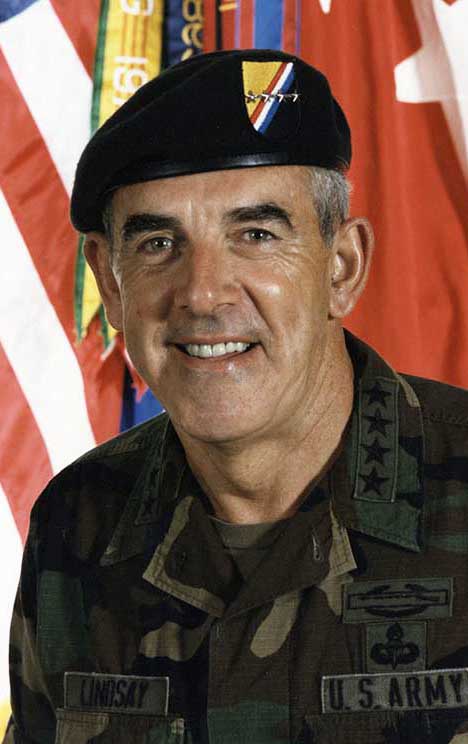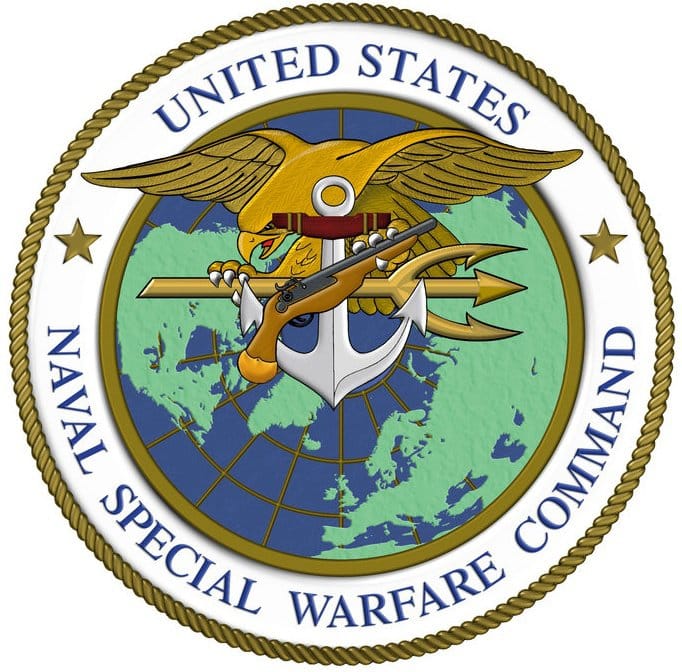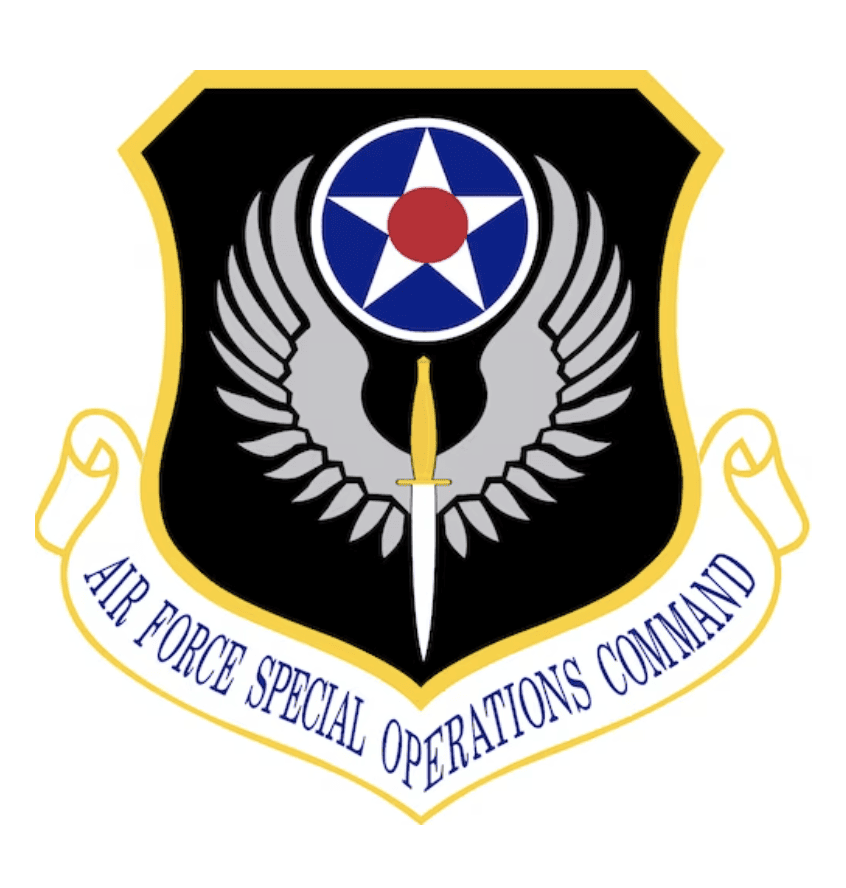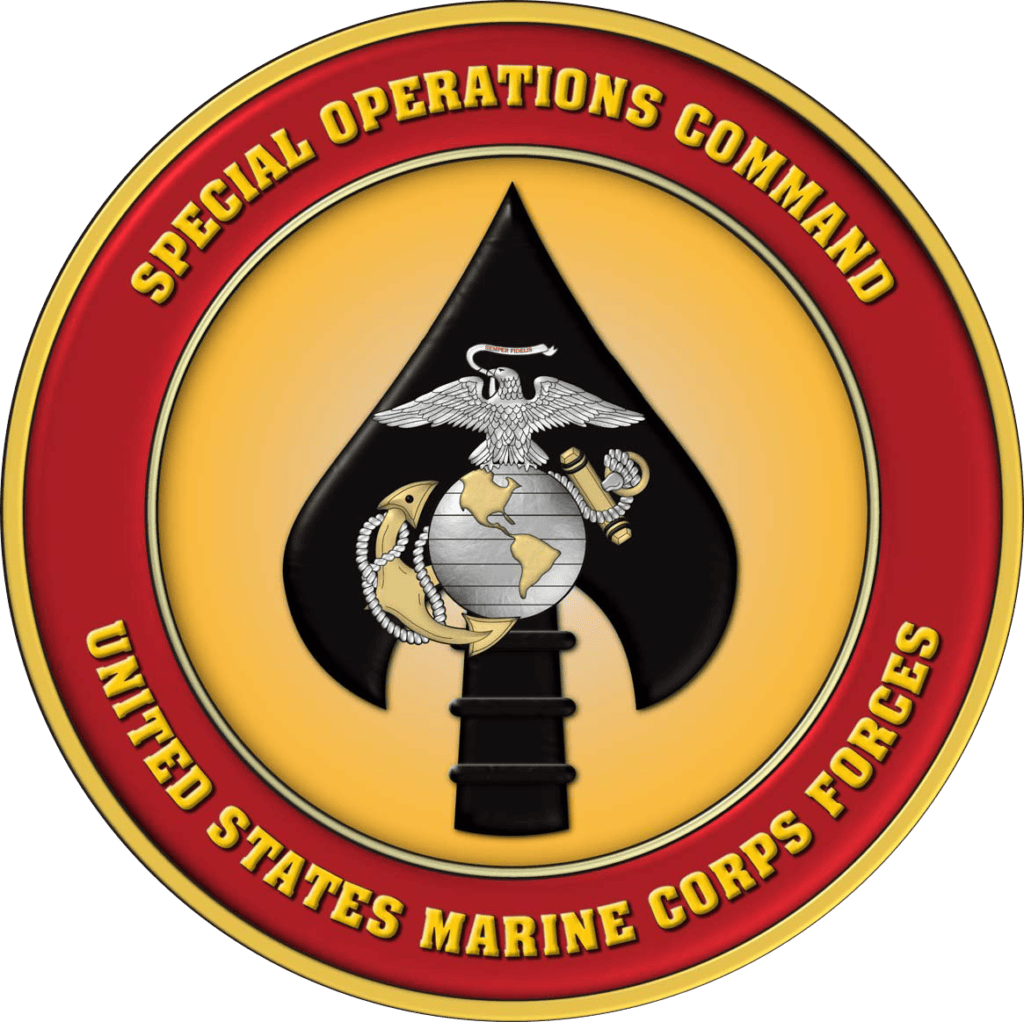1.0 Introduction
The United States Special Operations Command (USSOCOM) is the organization that oversees all components of American special operations forces. It was created in the 1980s as a Unified Combatant Command and since then has increased the coordination, efficiency, and efficacy of special operations training and missions.
2.0 SOCOM History
The Special Operations Command was founded in 1987 after years of debate and discussions among American military and political leadership over the need to organize special operations forces. Several factors led to the creation of SOCOM, most prominently was the failure of Operation Eagle Claw.
2.1 Operation Eagle Claw
On November 4, 1979, nearly 3,000 Iranian students stormed the United States Embassy in Tehran and took 63 American personnel hostage.
The United States feared for the safety of all the hostages and as a result, on April 16, 1980, after months of being held, U.S. President Jimmy Carter approved a military rescue operation to free the hostages and end the crisis, codenamed Eagle Claw
Operation Eagle Claw used various special operation-capable units from the 75th Ranger Regiment, Delta Force, and members of the CIA Special Activities Division. At the time, special operations units across the military were uncoordinated and unstructured.
As a result, logistical challenges and variables on the ground were especially harmful to the operation. Eight service members died in the operation in addition to one helicopter, one transport aircraft, and five helicopters captured by the Iranian military.
2.2 The Need for Change
In the aftermath of Operation Eagle Claw, the U.S. Congress felt a need for military reform. After a two year review, the U.S. Senate published “Defense Organization: The Need for Change” [source]. The review called for organizational reforms to the special operations community, and recommended a unified command for special operations forces.
After a year of debate on what the future of special operations would look like, a new command was agreed to by Congress and senior defense officials. The U.S. Special Operations Command (USSOCOM) would unify all special operations forces under one umbrella, headed by a four-star general. In 1987, President Ronald Reagan created the United States Special Operations Command on April 13, 1987 and appointed General James Lindsay, of the US Army, to be its first commanding general.

3.0 SOCOM’s Purpose
The main purpose of SOCOM, and reason for its creation, is a unified command of special operations forces. This allows the special operations community to coordinate their missions and apply different units according to their specialities. According to the command’s website, their mission “develops, and employs, the world’s finest SOF to conduct global special operations and activities as part of the Joint Force, in concert with the U.S. Government Interagency, Allies, and Partners, to support persistent, networked, and distributed combatant command operations and campaigns against state and non-state actors all to protect and advance U.S. policies and objectives.”
3.1 Core Operations and Activities
The Special Operations Command conducts a wide variety of operations and activities. The different branch’s contributions to special operations allow them to provide a range of capabilities. SOCOM focuses primarily on the following activities:
- Civil Affairs
- Counterinsurgency
- Counterterrorism
- Countering Weapons of Mass Destruction
- Direct Action
- “Short-duration strikes and other small-scale offensive actions employing specialized military capabilities to seize, destroy, capture, exploit, recover, or damage designated targets”
- Foreign Humanitarian Assistance
- Foreign Internal Defense
- Hostage Rescue and Recovery
- Military Information Support Systems
- “planned to convey selected information and indicators to foreign audiences to influence their emotions, motives, objective reasoning, and ultimately the behavior of foreign governments, organizations, groups, and individuals in a manner favorable to the originator’s objectives”
- Security Force Assistance
- Special Reconnaissance
- Unconventional Warfare
- Preparation of the Environment
Throughout the Global War on Terror (GWOT), special operations units have carried out all types of mission sets. SOCOM commanders have found that an organized and coordinated structure between the branches improved their capabilities and ability to establish dominance in any situation.
4.0 SOCOM Organization
As part of its reason for creation, SOCOM has united the special operations forces across the U.S. military. Most branches have made significant contributions to SOCOM and provide different capabilities. This network has allowed SOCOM to be successful in applying individual units’ skill sets to accomplish their mission.
The commander of SOCOM manages and coordinates the various components of the special operations community. Under the umbrella of SOCOM leadership are the Army Special Operations Command (USASOC), Naval Special Warfare Command (NSW), Air Force Special Operations Command (AFSOC), and the Marine Special Operations Command (MARSOC). Additionally, the Joint Special Operations Command (JSOC) is within the larger SOCOM organization.
To ensure efficiency, SOCOM units are organized by region:
- Special Operations Command – Africa (SOCAFRICA)
- Special Operations Command – Central (SOCCENT)
- Special Operations Command – Europe (SOCEUR)
- Special Operations Command – Korea (SOCKOR)
- Special Operations Command – North (SOCNORTH)
- Special Operations Command – Pacific (SOCPAC)
- Special Operations Command – South (SOCSOUTH)
4.1 Army

The Army has made a significant contribution to SOCOM since its creation. The Army’s special operations forces have been America’s leading unconventional warfare and counterinsurgency experts. Their value has only become more apparent as the world has seen a rise in insurgent and guerilla warfare.
4.1.1 1st Special Forces Command (Airborne)
The 1st Special Forces Command is home to seven special forces groups (Green Berets), two psychological operations groups, a civil affairs brigade, and a special operations sustainment brigade.
The mission of the command is to “organize, equip, train, and validate forces to conduct full-spectrum special operations in support of SOCOM.” Their distinct capabilities allow them to work closely with groups to fight against hostile actors. Prior to the formation of SOCOM, they played a major role alongside MACV-SOG in the Vietnam War and alongside the CIA’s Special Activities Division in GWOT. The special forces units are deployed as small ODA teams, Operational Detachment (Airborne), with individuals bringing their own area of expertise.
Green Berets have hone their unique capabilities through their training pipeline. Candidates in the Special Forces qualification course complete extensive language and cultural training for their specified area of operation. Proficiency in the customs and language of their region is what makes the soldier-diplomats, as they are sometimes referred to, so effective in building rapport with unconventional warfare groups.
The training culminates in an exercise known as Robin Sage. Robin Sage is a two week long litmus test for candidates aspiring to earn the green beret. “Candidates are placed in an environment of political instability characterized by armed conflict, forcing Soldiers to analyze and solve problems to meet the challenges of this ‘real-world’ training” [source]. The candidates training is put to the test, from language competency, to small-unit tactics, to decision making.
The Special Forces training creates a component of SOCOM that is highly experienced and qualified to provide unconventional warfare, foreign internal defense, and direct action capabilities.
4.1.2 75th Ranger Regiment
The 75th Ranger Regiment is the preeminent light infantry unit component of SOCOM. The regiment specializes in direct action raids, often in pursuit of high-value targets (HVT). Their secondary mission sets include airfield seizure, special reconnaissance, personnel recovery, and site exploitation. Their capabilities allow them to bridge the gap between special operations and conventional operations.
The Ranger Regiment has been one of the most used units of the United States military, and for good reason. A Ranger battalion can deploy within 18 hours notice in support of any SOCOM mission. Given this capability, December 17, 2021 marked the 7,000th consecutive day of combat operations for the regiment [source].
4.1.3 Army Special Operations Aviation Command
The Army’s aviation component of SOCOM is one that often does not get enough recognition despite their enormous contribution. The most prominent component of the command, 160th Special Operations Aviation Regiment, provides air movement of special operations troops, supplies, and equipment.
In order to accomplish their challenging air missions, the command use a variety of highly capable aircraft:
- MH-47 Chinook (Modified Heavy Assault versions)
- MH-6 Little Bird (Attack versions)
- MH-60 Blackhawk (Assault and Attack versions)
- MQ-1C Gray Eagle Drones
4.2 Navy

The Navy’s special operations command enables unique maritime capabilities for SOCOM. Their units’ storied histories demonstrate how, when coordinated with other units, they can increase the success of any operation.
4.2.1 Navy SEALs
Navy SEALs are one of, if not the, most well known unit within SOCOM. Their long history and strong maritime capabilities have made them a valuable part of the special operations community. The SEALs have a number of mission sets and capabilities, but their reputation for maritime operations distinguish them from other units. They train extensively to specialize in small unit operations, direct action, amphibious reconnaissance, and high-value target operations.
The SEALs roots come from World War II, where Underwater Demolition Teams (UDT) would clear beaches of obstacles and provide deep reconnaissance. Over the years, the SEAL teams evolved and expanded, providing the military with a highly capable maritime special operations unit. In the GWOT, SEAL teams contributed extensively to direct action, high-value target, and hostage rescue operations.
The command consists of eight SEAL teams, two SEAL Delivery Vehicle Teams (SDV), and additional reconnaissance and support teams. The SDV teams carry out additional training on a crewed submersible which deliver operators and their equipment on maritime operations.
The SEAL teams are highly capable in any environment, but their speciality in maritime environments distinguishes them from other units and provides SOCOM with confidence in accomplishing any mission in a maritime environment.
4.2.2 Special Warfare Combatant-Craft Crewmen (SWCC)
SWCC teams operate small craft for special operations missions in support of SEAL teams. They are a trained assault force capable of direct action missions through coastlines or rivers. They also carry out visit, board, search, and seizure (VBSS) operations in open water, maritime interdiction, search and rescue, and personnel recovery operations.
4.3 Air Force

The Air Force special operations units have become vital to air superiority in conflict. Air Force special operators enable a wide range of air operations such as air support, reconnaissance, and combat medic support. Their components have seen consistent deployment in support of other units within SOCOM.
4.3.1 Combat Controllers (CCT)
Air Force Combat Controllers are the premier on-the-ground air power coordinators in SOCOM. They specialize in air-ground communication in covert and austere environments. CCTs often deploy alongside other units from SOCOM in order to facilitate airfield seizure, airstrike control, and communications. CCTs train as air-traffic controllers and can coordinate missions with any air platform operated by the United States military.
Air Force CCTs support a variety of operations including direct action, combat search and rescue, close air support, airfield establishment, and special reconnaissance. CCTs have established their value in numerous ways, among the most important in recent history has been their ability to deploy behind enemy lines and establish airfields and coordinate complex air support missions.
4.3.2 Pararescuemen (PJ)
The PJs specialize in personnel recovery within SOCOM. Their primary roles include combat search and rescue, combat medic, personnel recovery, and hostage rescue operations. Their motto “these things we do that others may live” encompasses the spirit of the unit, who are willing to put themselves in the line of fire to provide care for, and extract wounded servicemembers.
Pararescuemen further distinguish themselves through their constant training in real world scenarios. When not deployed to combat, pararescuemen apply their capabilities to humanitarian crises and urgent rescue missions. Whether it be rescuing fishermen overboard in the open ocean or climbers stuck on one of the tallest mountains in the world, PJs are in a constant state of operations.
The PJs also have one of the longest training courses of SOCOM units due to the required medical training. Their training includes field surgery, pharmacology, combat trauma treatment, and more, certifying them as paramedics.
4.3.3 Special Reconnaissance (SR)
The Air Force’s Special Reconnaissance units provide wide ranging reconnaissance and surveillance capabilities. The unit originally deployed as Special Operations Weathermen, meteorologists trained to operate in hostile environments in support of SOCOM operations.
Although little is publicly known about the details of the SR mission, the units do provide battlefield intelligence, develop targets, and support global access, air, space, and cyberspace superiority.
4.4 Marine Corps

The Marine Corps are a somewhat new addition to SOCOM. The Raiders trace their roots to World War II, where they provided amphibious light infantry capabilities behind enemy lines. After being re-established during GWOT, the Raiders have become an integral part of SOCOM.
4.4.1 Marine Raider Regiment
Although they are proven to be a valuable resource, Marine Raiders have slowly found their place in SOCOM. The Raiders have combined the capabilities of the Green Berets and Navy SEALs in support of direct action, special reconnaissance, and foreign internal defense operations.
In 2005, the Marine Corps decided to provide a component to SOCOM. Through an experimental unit, Detachment-1, made up of experienced Force Recon members, the Marine Corps found the unit to be highly capable and a valuable part of SOCOM.
5.0 SOCOM Summary
The United States Special Operations Command was created out of the need for a unified special operations command. An organized structure that allows for coordination and expertise in a wide range of warfighting capabilities makes it one of the most valuable components of the United States military. A dedicated budget provides a greater degree of flexibility for the high-risk and important missions often tasked to special operation units.
Conflict around the world is fought in unconventional ways, making coordinated special operations units more important. As the United States transitions away from the GWOT and focuses on near-peer conflict, SOCOM will take on a new mission but its critical role in succeeding on the battlefield will remain.

